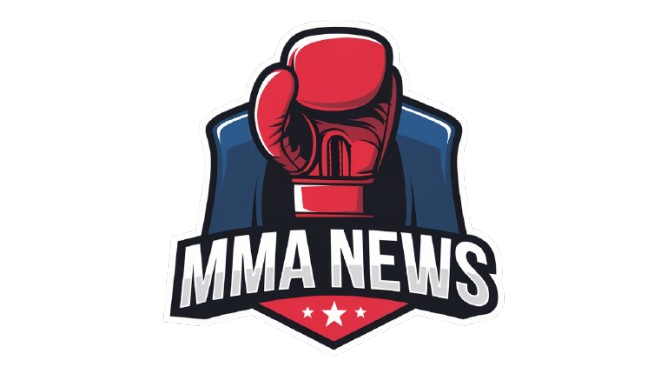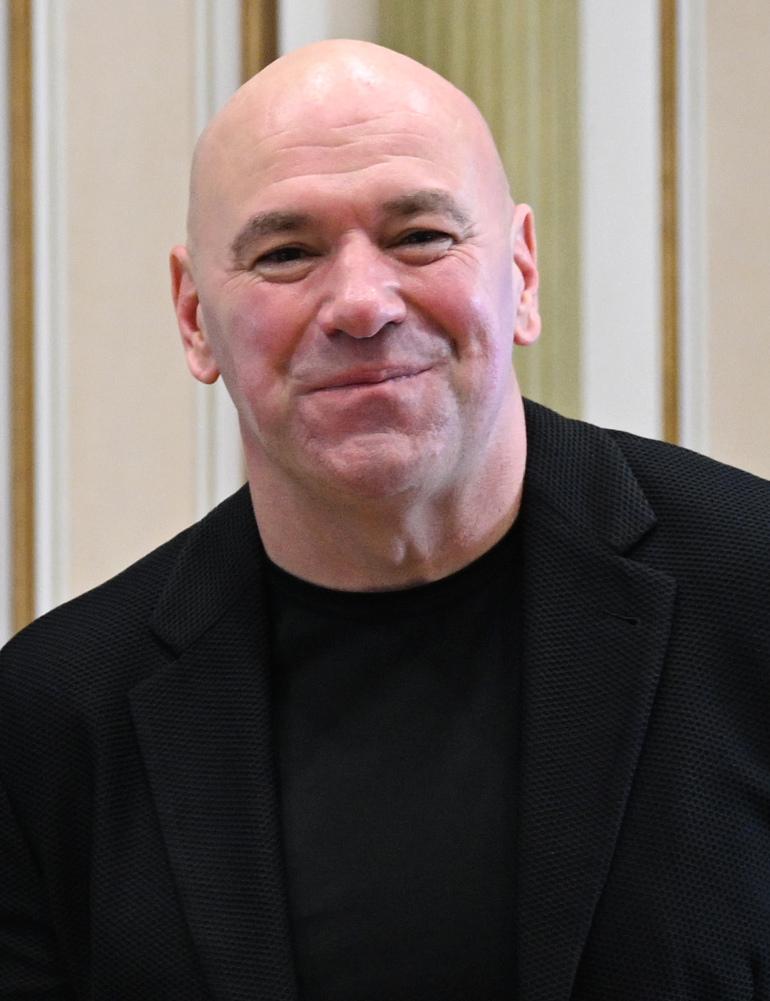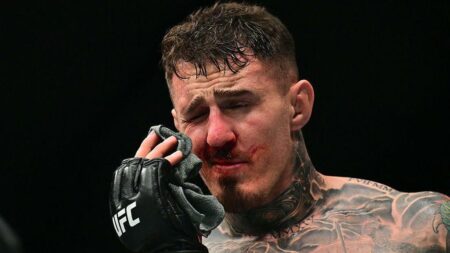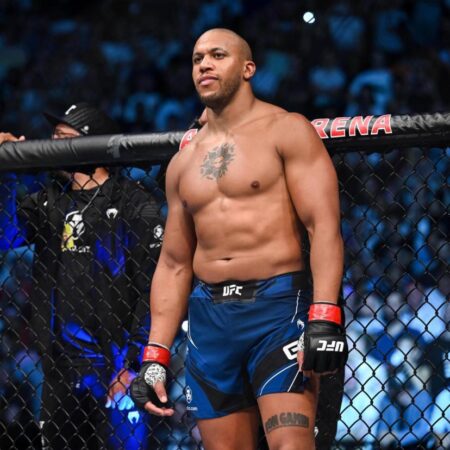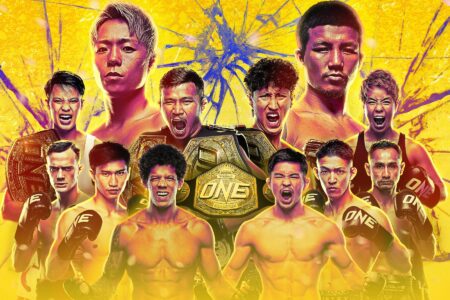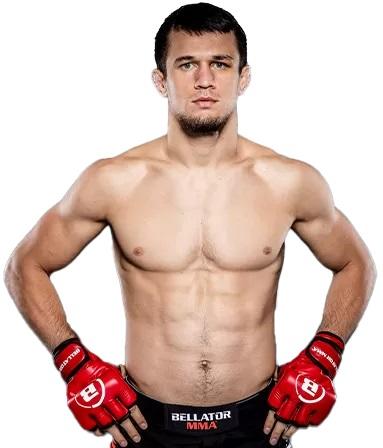In the wake of growing concerns over fighter safety, UFC President Dana White has reaffirmed the organization’s controversial stance on eye pokes, declaring that the promotion will continue to take no significant action to address the issue. Despite repeated incidents of accidental eye gouges impacting high-profile bouts, White dismissed calls for stricter enforcement or rule changes, characterizing these occurrences as unfortunate but inevitable aspects of mixed martial arts competition. This stance has reignited debate among fighters, fans, and industry insiders over the responsibility of the UFC to protect its athletes and maintain the sport’s integrity.
Dana White Defends UFC’s Stance on Eye Pokes Despite Growing Safety Concerns
UFC President Dana White has once again stood firm in response to mounting criticism over the persistent issue of eye pokes during fights. Despite calls from fighters, fans, and safety advocates demanding stricter regulations and enforcement, White insists that eye pokes are an unavoidable part of the sport. “It just happens,” he told reporters during a recent press conference, emphasizing that the UFC will not implement any major rule changes or additional penalties beyond the current standard warnings and point deductions. White argued that introducing harsher measures could slow down the pace of fights and potentially disrupt the natural flow of mixed martial arts competition.
Critics remain vocally opposed, highlighting data showing injuries caused by accidental eye pokes can lead to serious vision problems and impact fighters’ careers. Below is a brief rundown of the current UFC protocols regarding eye pokes and their aftermath:
| Protocol | Description |
|---|---|
| Referee Warning | Issued immediately after the foul, cautioning the offender |
| Point Deduction | Applied for repeated or intentional offenses |
| Fight Stoppage | Rarely called unless boxer is unable to continue |
| Medical Evaluation | Mandatory for injured fighter between rounds |
- Fighter frustration is growing, but the UFC’s stance remains unchanged.
- Safety advocates warn this laissez-faire attitude risks damaging the sport’s reputation.
- The debate over eye poke enforcement is far from settled within MMA circles.
Experts Call for Immediate Rule Changes and Enhanced Fighter Protection Measures in UFC
Leading voices within the MMA community are sounding the alarm over the persistent issue of eye pokes in UFC bouts, urging for immediate implementation of stricter rules and enhanced protective measures. Despite mounting evidence highlighting the injury risks caused by accidental eye pokes, UFC President Dana White remains steadfast in his position that these incidents are an unavoidable part of the sport, famously stating they “just happen” and indicating no forthcoming changes. Critics argue that this complacency neglects fighter safety and undermines the integrity of competitive fairness.
Experts emphasize several key areas demanding urgent attention:
- Revision of hand positioning rules to minimize open-finger strikes near the eyes.
- Introduction of gloves with reinforced fingertip protection to prevent accidental eye contact.
- Enhanced referee training focused on detecting and swiftly penalizing eye pokes.
- Implementation of instant replay systems to review and address potential fouls during fights.
| Proposed Measure | Expected Impact | Expert Support (%) |
|---|---|---|
| Strict Penalty Enforcement | Reduces careless fouls | 89% |
| Glove Redesign | Protects fighters’ eyes | 76% |
| Referee Training | Improves foul detection | 82% |
| Use of Instant Replay | Ensures fair decisions | 91% |
Future Outlook
As the controversy over eye pokes in the UFC persists, Dana White and the organization’s stance remains clear: these incidents are an unavoidable part of the sport and will not prompt changes to rules or enforcement. With fighter safety at stake, critics argue that more proactive measures are necessary to protect athletes and preserve the integrity of the competition. For now, the UFC appears content to maintain the status quo, leaving fans and fighters alike to grapple with the risks that “just happen” inside the octagon.

